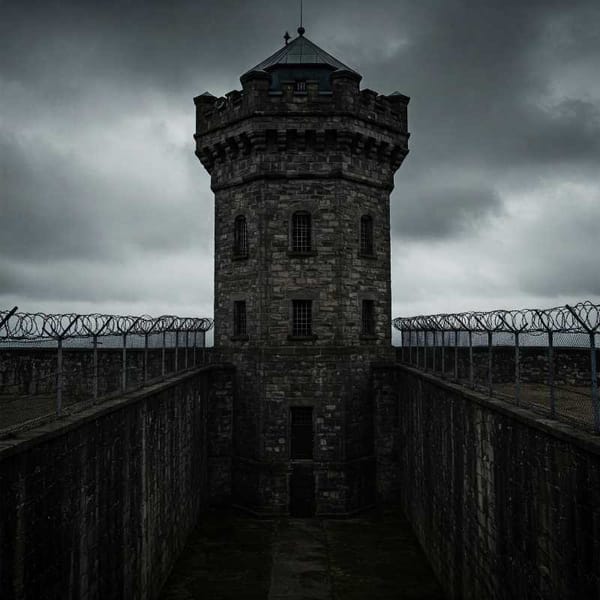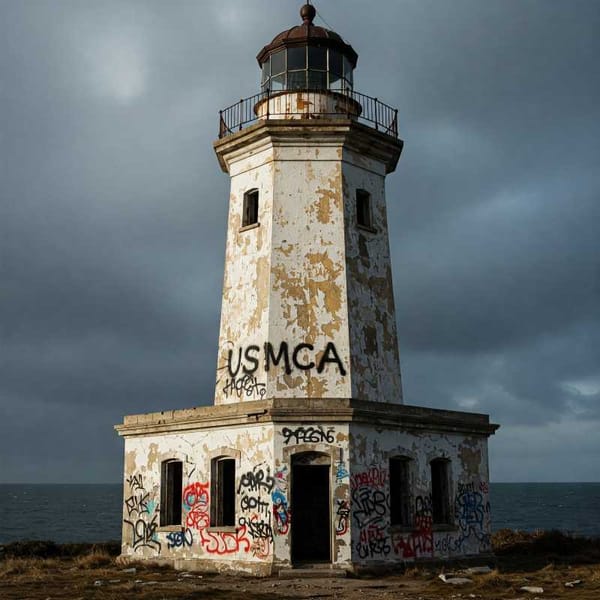David Alfaro Siqueiros: The Polemic and Radical Mexican Muralist
David Alfaro Siqueiros was a radical Mexican muralist known for his bold and daring artistic style. Learn about his life, artistic style, controversial public murals, and legacy in this informative article. Discover the lasting impact of one of the most important artists of the 20th century.





